Designs and description appeared in March 1812 issue of The Lady’s Monthly Museum.
Without a villain, love can be simply perfect or perfectly simple.

David Faraday’s sister Ariadni gets engaged to Edwin Beaumont in the hopes of marrying her younger brother David off to Edwin’s step-sister Merilee. If that isn’t complicated enough, David realizes Ari’s strategy and enlists the aid of Ralph Hanover, his comrade in arms, to rescue Ari. When they all arrive at the Willows, Merilee’s country estate, David falls hopelessly in love with Meri.
Meri’s stepbrother Edwin tries to kill Meri’s dog Princess, so Ari breaks their engagement. Edwin gossips about Meri in the village, causing her to ride away from home in despair. David and Ralph rescue her and all go to London hoping for a happy wedding. Plus Ralph plans to propose to Ari. But the banished Edwin is at large and both soldiers anticipate trouble, though they never expect an abduction.Enter Your Email for our Monthly Newsletter – Coming Soon!
Regency History Categories
- Regency Advertisements
- Regency Beauty
- Regency Crime and Punishment
- Regency Culture and Society
- Regency Customs
- Regency Destinations
- Regency Dish
- Regency Economy
- Regency Estates
- Regency Events
- Regency Fashion
- Regency Film and TV
- Regency Folklore
- Regency Health and Medicine
- Regency Hot Spots
- Regency Household
- Regency Literature
- Regency Men
- Regency Miscellany
- Regency Mystery
- Regency Non-Fiction
- Regency Pastimes
- Regency Reader Questions
- Regency Science and Invention
- Regency Tips
- Regency Travel
- Regency Villains
- Regency Women of Character
- Regency Words
- Representing Regency
Authors, Books by Heat, and More Content
Recent Reviews

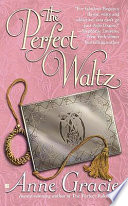
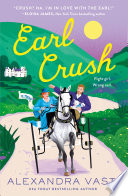

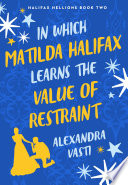

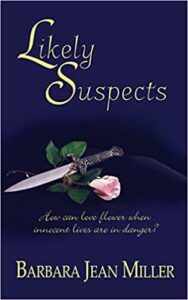
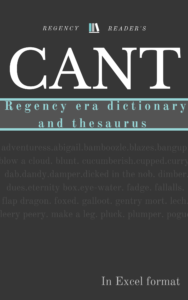


Lovely dresses aren’t they. I especially like the dress trimmed in green on the left. I’ve long realized that all fashion drawings are meant to portray the ideal in body type, and I’m sure I’m not the first to point this out but the sketches above seem to be ridiculously out of proportion. That lady on the right side has enormous arms and the teeniest feet, among other anomalies.
I’ll never tire of seeing these fashions though. I just wonder if those illustrations were somewhat rushed to those copies on the newsstands, or they paid the artists a beggar’s wage. HA! What’s your opinion?
I agree, the proportions are decidedly wild. I have noticed The Lady’s Monthly Museum used one or two particular artists in this era where often times body parts would be exaggerated, at least in comparison with Ackermann’s Repository or La Belle Assemblee. My guess would be its an inferior artist or maybe a caricaturist…but I am not an expert in this topic. Would love to hear from others who have made as study of historical fashion plates!